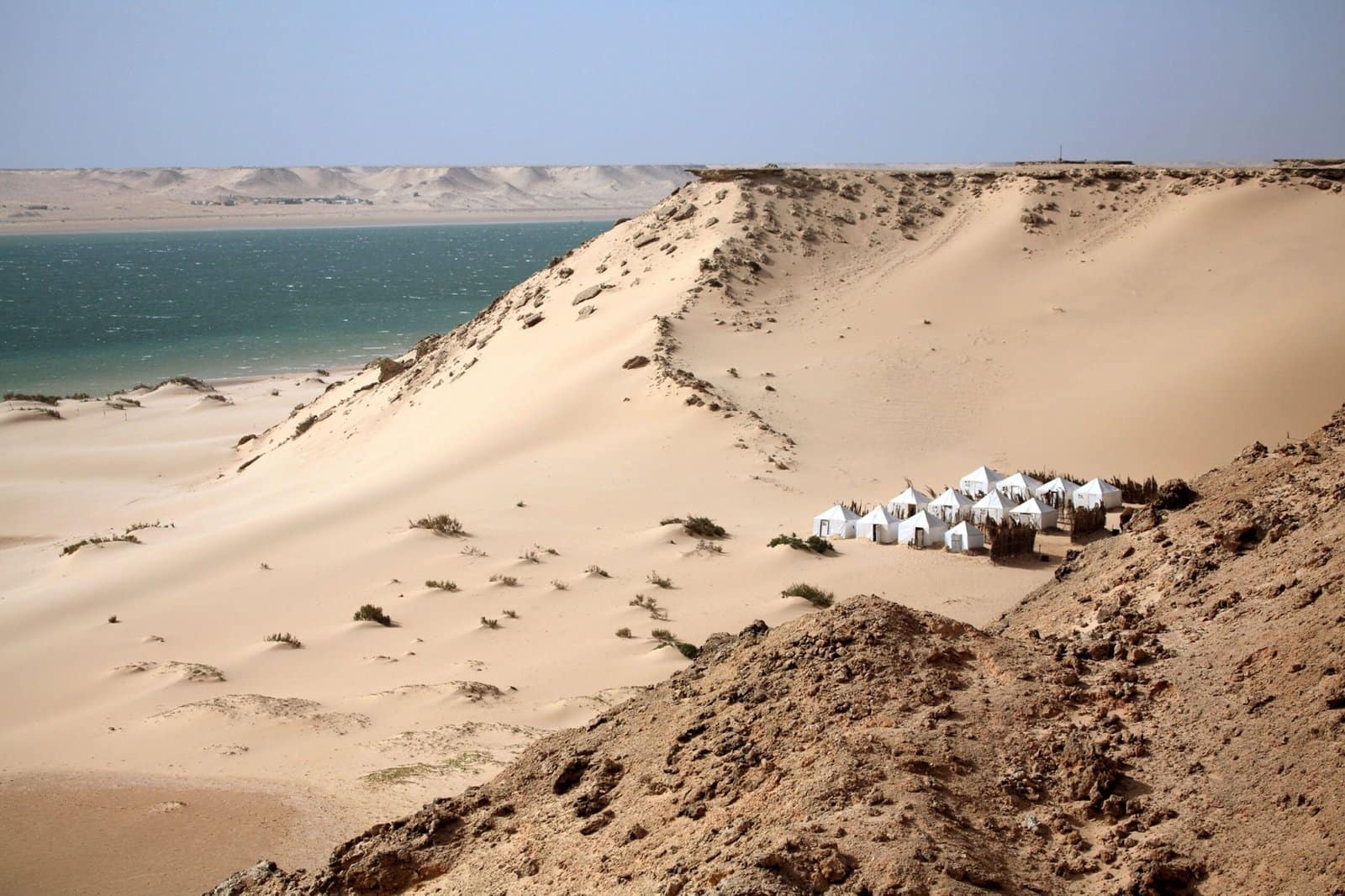Western Sahara, a vast and enigmatic region in North Africa, offers intrepid travelers a unique blend of unspoiled landscapes, rich cultural heritage, and unparalleled adventure. Stretching along the Atlantic coast, this territory is characterized by its expansive deserts, pristine beaches, and vibrant cities. Despite its complex political status, Western Sahara remains a destination worth exploring for those seeking an off-the-beaten-path experience.
Why Visit Western Sahara?
Untouched Natural Beauty
Western Sahara boasts a diverse range of natural landscapes, from the rolling sand dunes of the Sahara Desert to the azure waters of the Atlantic Ocean. The region’s isolation has preserved its pristine environments, offering visitors a chance to experience nature in its most unadulterated form.
Rich Cultural Tapestry
The cultural heritage of Western Sahara is a mosaic of Berber, Arab, and Sahrawi influences. Traditional music, dance, and crafts provide insight into the nomadic lifestyles that have shaped the region’s history. Engaging with local communities offers a profound understanding of their enduring traditions and way of life.
Adventure and Exploration
For adventure enthusiasts, Western Sahara presents numerous opportunities. From traversing vast deserts to exploring coastal towns, the region caters to those with a spirit of discovery. The sense of remoteness and the uncharted nature of the territory make every journey here an adventure.
Top Attractions and Activities
Laayoune
As the largest city in Western Sahara, Laayoune serves as the administrative center and offers a glimpse into urban life in the region. Visitors can explore local markets, mosques, and colonial-era architecture, providing a contrast to the surrounding desert landscapes.
Dakhla
Situated on a narrow peninsula jutting into the Atlantic, Dakhla is renowned for its stunning coastal scenery and water sports. The constant winds and calm waters make it a haven for kite surfers and windsurfers. The town’s relaxed atmosphere and fresh seafood are additional draws for visitors.
Khnifiss National Park
Located between Laayoune and Tarfaya, Khnifiss National Park is a protected area encompassing coastal lagoons, salt flats, and desert landscapes. The park is a critical habitat for migratory birds, making it a prime destination for birdwatching enthusiasts.
Desert Excursions
Venturing into the Sahara Desert is a quintessential experience in Western Sahara. Organized tours offer camel treks, 4×4 adventures, and overnight stays in traditional nomadic tents, allowing travelers to immerse themselves in the serene beauty of the desert.
Suggested Itinerary
Day 1: Arrival in Laayoune
- Settle into your accommodation and take a leisurely stroll through the city center.
- Visit the local souk to experience the vibrant market atmosphere and sample regional cuisine.
Day 2: Explore Laayoune
- Tour the Hassan II Mosque and other notable landmarks.
- Learn about the region’s history and culture at local museums.
Day 3: Journey to Dakhla
- Travel south along the coast to Dakhla, enjoying scenic ocean views en route.
- Upon arrival, relax at a beachfront café and savor fresh seafood.
Day 4: Water Sports in Dakhla
- Participate in kite surfing or windsurfing lessons.
- Explore the town’s markets and interact with local artisans.
Day 5: Visit Khnifiss National Park
- Embark on a guided tour to observe diverse bird species and unique landscapes.
- Enjoy a picnic amidst the natural beauty of the park.
Day 6: Desert Adventure
- Join a desert excursion, experiencing camel trekking and witnessing a mesmerizing sunset over the dunes.
- Spend the night in a traditional desert camp, enjoying local music and cuisine under the stars.
Day 7: Return to Laayoune
- Make your way back to Laayoune, with optional stops at coastal viewpoints.
- Conclude your journey with a farewell dinner featuring regional specialties.
Travel Logistics
Getting There
Accessing Western Sahara is primarily achieved via Morocco. Flights are available to Laayoune and Dakhla from major Moroccan cities such as Casablanca and Marrakech. Overland travel is also possible, with buses and private vehicles traversing the well-maintained coastal road connecting Morocco to Western Sahara.
Navigating Within Western Sahara
Traveling within Western Sahara can be challenging due to its vast and sparsely populated areas. While main roads are generally in good condition, venturing into remote regions often requires a 4×4 vehicle and local knowledge. It’s advisable to hire experienced guides for desert excursions to ensure safety and enrich the experience.
Safety Considerations
While Western Sahara has areas of political sensitivity, tourist regions such as Laayoune and Dakhla are generally safe for travelers. It’s essential to stay informed about current conditions and adhere to local advice. Registering with your country’s embassy and maintaining regular communication with contacts is recommended.
Final Thoughts
Western Sahara offers a journey into a land where the desert meets the sea, and ancient traditions coexist with modern influences. Its untouched landscapes and cultural richness provide a travel experience that is both unique and profoundly rewarding. For those seeking adventure and authenticity, Western Sahara stands as a destination waiting to be discovered.

